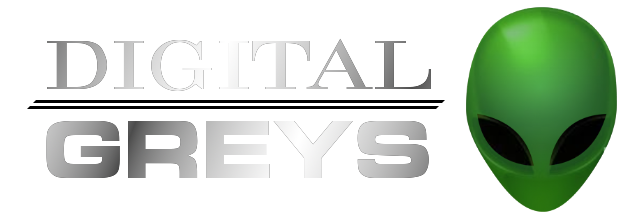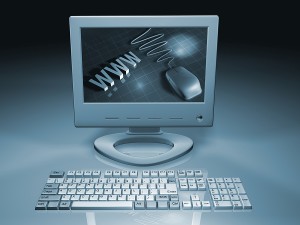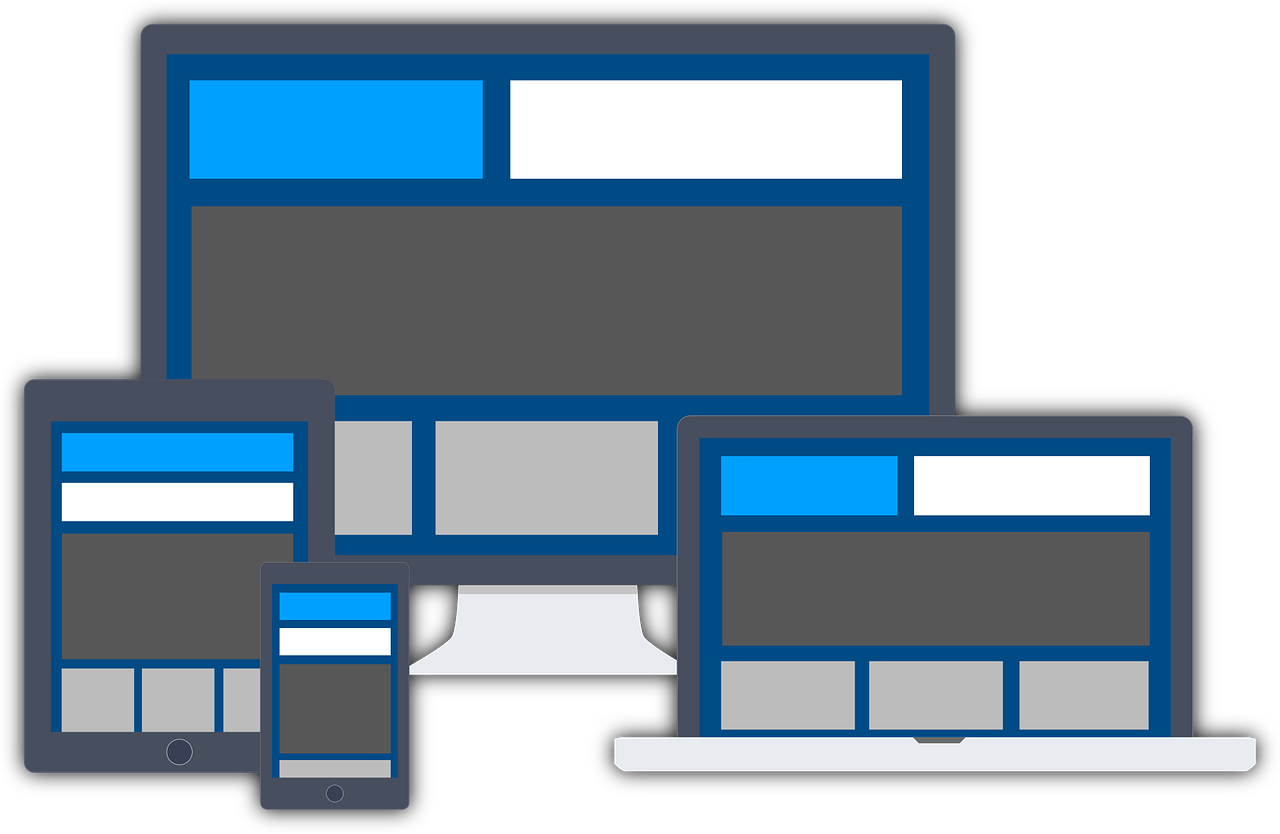Custom Computer Build It Yourself?
If you’re considering building your own custom computer rather than getting one from a computer manufacturer such as Dell or HP, the good news is, it’s easier than you might think. I was actually in the same position a few years ago. The horsepower I wanted from a new computer didn’t match up with the amount of money I was willing to spend. After checking my options, I found I could get much higher end computer for less money if I built it myself. Also, I could be sure it was built with quality components. Too often I’ve found that computer manufacturers may use cheap components and cut corners to keep costs down and increase their profit margin. Also, they sometimes use proprietary components which can cause problems with upgrades and can lead to premature obsolescence. This is not to say the service they provide isn’t valuable. They can deliver a fully functional computer to your home or office in a matter of days and if the need arises, they have a paid staff that can support you and your new computer depending on the terms of your warranty. In my case though, given the issues of cost, performance and upgrading prebuilt computers, I decided a custom computer build was worth the risk of some trial & error a bit of research and in the end I believe I built a better computer.
So Where do I start
Selecting computer components is the first step. So what will you need to get?
- Processor: (This is the brain of your computer. I always use AMD for cost reasons. You’ll pay more for Intel and chances are, you won’t notice any better performance)
- Motherboard: (This is the main component of your computer. Everything else will be attached to it. Also, be aware that it must be compatible with your CPU. Every motherboard has a range of CPU’s that will work with it so check to make sure the motherboard you select is compatible with the CPU you’ve selected. Also, all motherboards are either for AMD or Intel. None are compatible with both.)
- RAM: (Ram is much cheaper than it used to be so get as much as you think you’ll need.)
- Video Card: This is optional depending on whether your chosen motherboard has on-board video. Be sure it does if you decide to skip this step.
- Computer Case: (This will be the home for all your components you’re buying. Make sure it has room to expand. Also, ventilation is important so fans and air flow are things to consider.)
- Power Supply: (Sometimes computer cases will come with a power supply. If the one you buy doesn’t or they only offer a cheap one, consider getting a better one. I used to thing of them as an after thought until I had one fail and I found out they can damage other components. So just research and get the best you can afford )
- Hard Drive: (You only need one to get started. I used a Seagate Barracuda 7200 RPM SATA drive in the computer I’m using now. I’ve since bought several for backups)
- Cd / DVD or Blue Ray Player: (This is necessary for installing the operating system. DVD players are inexpensive so I usually start with one of those)
- An Operating System: (For me I bought Windows 7 OEM version. I got the professional version for less than $150. Haven’t yet tried windows 8 but the OEM is available for under $150 as well.)
[wp_ad_camp_1]
How do I select computer components that will work together?
If this is your first build, I would suggest looking at some bare bones kits. Bare bones kits are a preselected assortment of parts that will work together. On my first build, I used them as a guide to select the parts I would use. Bare bones kits don’t always have everything you’ll need for your build so compare with the list above to be sure. Most of them do have the case, motherboard, processor and ram. I used TigerDirect.com which has a great selection of bare bones kits on their website. Both AMD and Intel based kits. They’re a great reference for a beginner or you may choose to purchase one to save time.
Selecting your Processor: For my last build I selected the “AMD FX-8120 Processor – Eight Core”. I chose it for price, speed and it had good reviews. Generally, the more you pay for your processor, the faster it should be. Of course that’s within the processor brand. A particular Intel processor may be slower than a particular AMD processor but still cost more. I always choose AMD over Intel because I think AMD gives more bang for the buck.
Selecting your Motherboard: First, if you’ve already decided on a Processor, be sure that the motherboard you want has the correct socket type to support it. You can find that information in the motherboards specifications. If this seems like too much hassle, refer to the previously mentioned bare bones kits. They will already have them matched them up for you. For my build I chose the “ASUS Sabertooth 990FX AMD AM3+” (note: this MB doesn’t have on-board video). Also be sure to select a form factor that fits the computer case you want to use. I chose ATX, since the case I wanted was also ATX. For more information on form factors click here.
Other things to consider for your motherboard choice
- Does the motherboard have on-board graphics output (VGA, HDMI, DVI), onboard audio?
- Will the motherboard have room for all of your cards plus room for expansion. PCI-e or PCI slots for your wireless cards, tv tuner, video cards etc.
- Enough SATA ports for you Hard drives, CD/DVD/Blu-Ray drives etc.
- Number of USB slots and speed, USB 2.0, USB 3.0 etc.
- On Board LAN ( On my build I wanted on-board LAN since this computer is wired to my router. )
- Also look at the external I/O Ports. This will be what you can plug into the back of your computer.
Selecting your RAM (Memory): The more ram you have the better your computers performance will be. RAM is usually installed in pairs and most motherboards have at least four RAM slots. Each slot will have a maximum amount of memory it can handle. On my motherboard the max is 8GB. You don’t have to get the maximum amount of ram per slot. Just remember, if the max per slot on your motherboard is 8 Gigabytes and you only purchase 4 Gigabytes per slot, when you want to upgrade your ram later to the maximum the motherboard can handle you will have to replace the ram you already purchased. When selecting the proper Ram for you motherboard you can usually find motherboard manufacturers will have a list of tested RAM. Also many RAM suppliers will have a RAM selector where you can find RAM approved for specific motherboards or CPUs or brands of CPUs. You can also contact Tech Support for the motherboard and RAM maker and have them confirm compatibility with a specific motherboard model.
Selecting your Video Card: If your motherboard already has on-board video and you’re only planning to do some word processor, browsing the web and some emails, the on-board video should be fine. However, if you’re planning on gaming, or running 3d graphics, video editing or other graphics intensive programs, you’ll want to get a video card. First note what interface your motherboard uses “AGP” or “PCI-Express” then read reviews and specifications and try to select the best card you can afford for the applications and games you’ll be using.
Selecting your Hard Drive: Since you’re buying a new motherboard, the interface should be Serial ATA (SATA) (check the MB to be sure). This is the current standard and is much faster and without those giant ribbon cables that attached to the earlier IDE technology. There are basically two types of hard drives to consider. Solid state drives are relatively new and expensive. Solid state drives are faster, but I still use the mechanical hard drives since they cost much less per gigabyte. I have about 4 Seagate Barracudas, 1TB Hard Drives at 7200RPM and all have worked without a problem. Do your own research though to get what’s right for your build.
Selecting your Optical DVD/Blu-Ray Drive: These are fairly standard and inexpensive. Just remember you’ll need it to install your operating system and other software etc.
Selecting your Computer Case: First, be sure that your case matches your motherboards form factor as mentioned above in “Selecting your Motherboard”. I prefer to have a case with a lot of room to work and expand. They’ll also may have hookups for external USB, SATA etc. What you get is mostly a matter of preference, mostly. Fans and cooling are very important so make sure that’s included. Also, the option to accommodate a liquid cooling system is important if you plan on overclocking your CPU.
Selecting your Power Supply: Sometimes computer cases will come with a power supply. If the one you buy doesn’t or they only offer a cheap one, consider getting a better one. I used to think of them as not affecting computer performance until I had one fail and I found out they can actually damage other components if they fail. So just research and get the best you can afford. The last one I purchased was 850 watts. Be sure to get one that fits the demands you’ll put on it.
Selecting your An Operating System: (For me I bought Windows 7 OEM version. I got the professional version for less than $150. If you purchase OEM over the retail version, be aware that OEM authentication is tied to your motherboard and only has a limited number of re-installs. Haven’t yet tried windows 8 but the OEM is available for under $150 as well.
So now you have the parts. How do you put them all together?
Well I could get all involved with this and make a video on how to assemble a computer, but since there are plenty of videos out there already, I’ll just post them for you here. This is a three part video tutorial from Newegg.com. This is well produced and very informative.
Part I – Discusses the different parts of the computer and easy for non-professionals to understand.
[youtube lPIXAtNGGCw 750 422]
Part II – This actually demonstrates the computer being built
[youtube d_56kyib-Ls 750 422]
Part II supplement for AMD – This demonstrates replacement of an existing AMD CPU so you may not need all of the steps
[youtube vLVHFaokdgA 750 422]
Part III – This demonstrates the installation of the operating system
[youtube RxaVBsXEiok 750 422]




